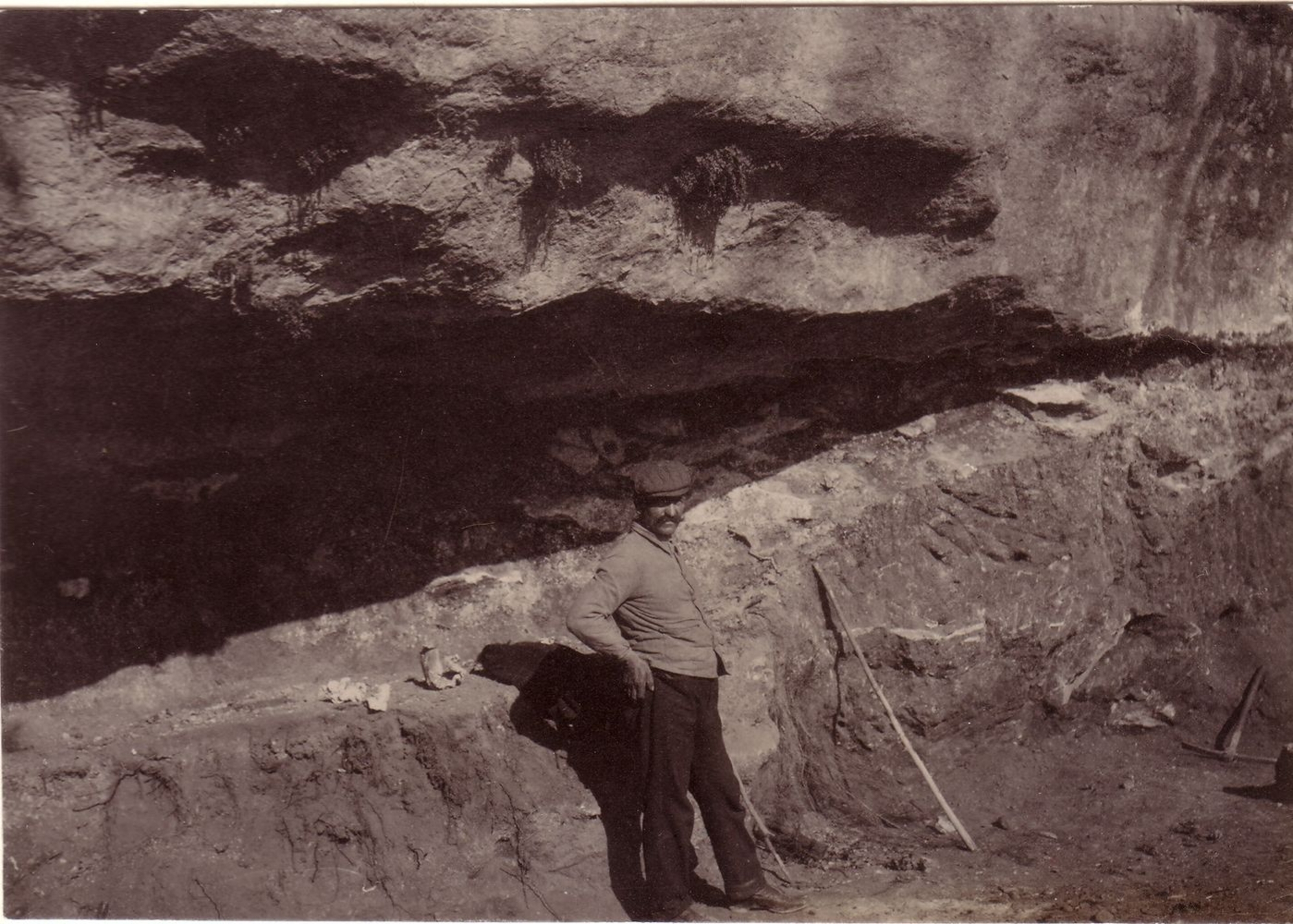
- Home
- Three Sculptured French Shelters
- The Context of Cap Blanc Shelter
The Cap Blanc Shelter (Marquay, Dordogne) opens onto the Grande Beune Valley, a tributary of the Vézère Valley, which contains many Palaeolithic sites.
These include some of the most decorated sites, such as the Laussel Shelter, the La Grèze Cave and the Comarque Cave, across from Cap Blanc. This frieze was the very first Palaeolithic sculptural ensemble discovered. The presence of a Palaeolithic grave, a rare occurrence, gives this shelter an outstanding symbolic context.
History
Working on behalf of Gaston Lalanne, Raymond Peyrille discovered the site in 1909. He emptied out almost the entire shelter in three months, revealing the frieze. The grave was found in 1911 during the construction of a building. In the 1960s, Alain Roussot excavated the western end of the site and conducted an initial study of the works. In 1992, Jean-Christophe Castel and Jean-Pierre Chadelle re-opened the Lalanne excavations. Both the frieze and the archaeological material were recently re-examined.




